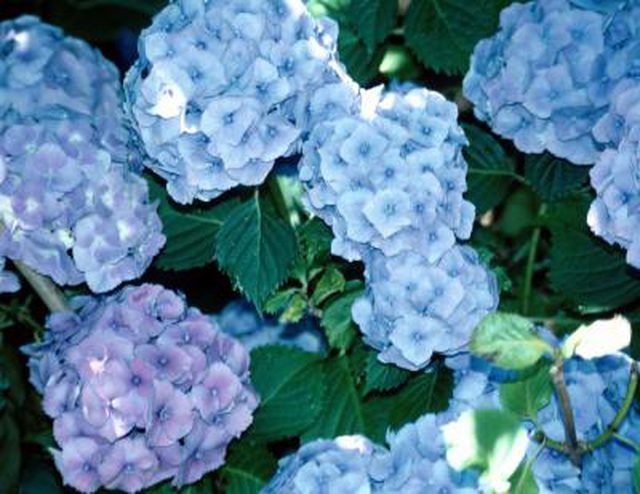Bulbs
Flower Basics
Flower Beds & Specialty Gardens
Flower Garden
Garden Furniture
Garden Gnomes
Garden Seeds
Garden Sheds
Garden Statues
Garden Tools & Supplies
Gardening Basics
Green & Organic
Groundcovers & Vines
Growing Annuals
Growing Basil
Growing Beans
Growing Berries
Growing Blueberries
Growing Cactus
Growing Corn
Growing Cotton
Growing Edibles
Growing Flowers
Growing Garlic
Growing Grapes
Growing Grass
Growing Herbs
Growing Jasmine
Growing Mint
Growing Mushrooms
Orchids
Growing Peanuts
Growing Perennials
Growing Plants
Growing Rosemary
Growing Roses
Growing Strawberries
Growing Sunflowers
Growing Thyme
Growing Tomatoes
Growing Tulips
Growing Vegetables
Herb Basics
Herb Garden
Indoor Growing
Landscaping Basics
Landscaping Patios
Landscaping Plants
Landscaping Shrubs
Landscaping Trees
Landscaping Walks & Pathways
Lawn Basics
Lawn Maintenance
Lawn Mowers
Lawn Ornaments
Lawn Planting
Lawn Tools
Outdoor Growing
Overall Landscape Planning
Pests, Weeds & Problems
Plant Basics
Rock Garden
Rose Garden
Shrubs
Soil
Specialty Gardens
Trees
Vegetable Garden
Yard Maintenance
How to Care for Hydrangea Bushes
How to Care for Hydrangea Bushes. Hydrangeas are old fashioned beautiful garden showpiece flowers that come in over a 100 varieties. In the spring the bush produces an abundance of large globe flowers that last into summer. Blossom color will range from blue to pink depending upon the type of soil the bush grows within. Soil that contains a heavy...

Hydrangeas are old fashioned beautiful garden showpiece flowers that come in over a 100 varieties. In the spring the bush produces an abundance of large globe flowers that last into summer. Blossom color will range from blue to pink depending upon the type of soil the bush grows within. Soil that contains a heavy amount of aluminum sulfate makes the soil acidic and will render blue blossoms. Soil lacking aluminum renders the soil alkaline which makes the flowers pink. Expert cultivators of the flower can manipulate the soil to render whatever color blossoms they desire. The white hydrangea stays white no matter what soil the bush resides within. Blossoms make wonderful cut flowers or easily dried for arrangements.
Things You'll Need
Peat moss
Cow Manure
Gloves
Mulch such as peat moss, bark chips, sawdust, or pine needles
Slow release all purpose fertilizer 8-8-7
Hand-held bypass pruning shears or loppers
Plant hydrangeas in partial shade. Choose a location that offers morning sun and afternoon shade.
Supplement the soil by adding two parts peat moss, one part cow manure and one part basic garden soil. Work the organic matter throughout the soil by hand. Keep the hydrangea moist but not wet.
Apply a 3- to 4-inch mulch layer around hydrangeas to help water retention and prevent weeds. Use peat moss, bark chips, pine needles or sawdust for mulch.
Fertilize in June with a well balanced slow release all purpose fertilizer such as an 8-8-8 mix. Apply a 1/2 cup to a small plant that is less then 12 inches and 1 to 2 cups for a larger plant. Sprinkle fertilizer 2 inches from the base of the shrub and lightly fan out toward the plant's drip line.
Prune the hydrangea in the spring by removing all old wood and dead flower heads using hand-held bypass pruning shears or loppers. Never remove new growth.
Tips & Warnings
Planting hydrangeas next to concrete foundations or sidewalks will often render the blossoms pink the lime from the concrete leaches into the soil and affects the aluminum levels.
Prior to budding you can pinch the new growth of the hydrangea back to produce more blossoms which will be much smaller in size.
Hydrangeas that freeze heavily will not bloom for a few years.
Protect the plant any time a freeze is predicted by covering it with a sheet or other light material.